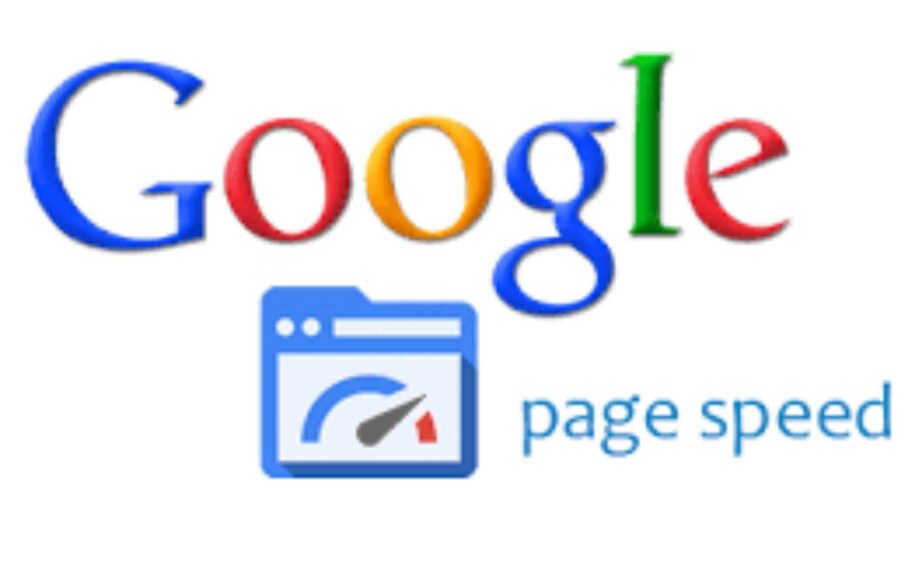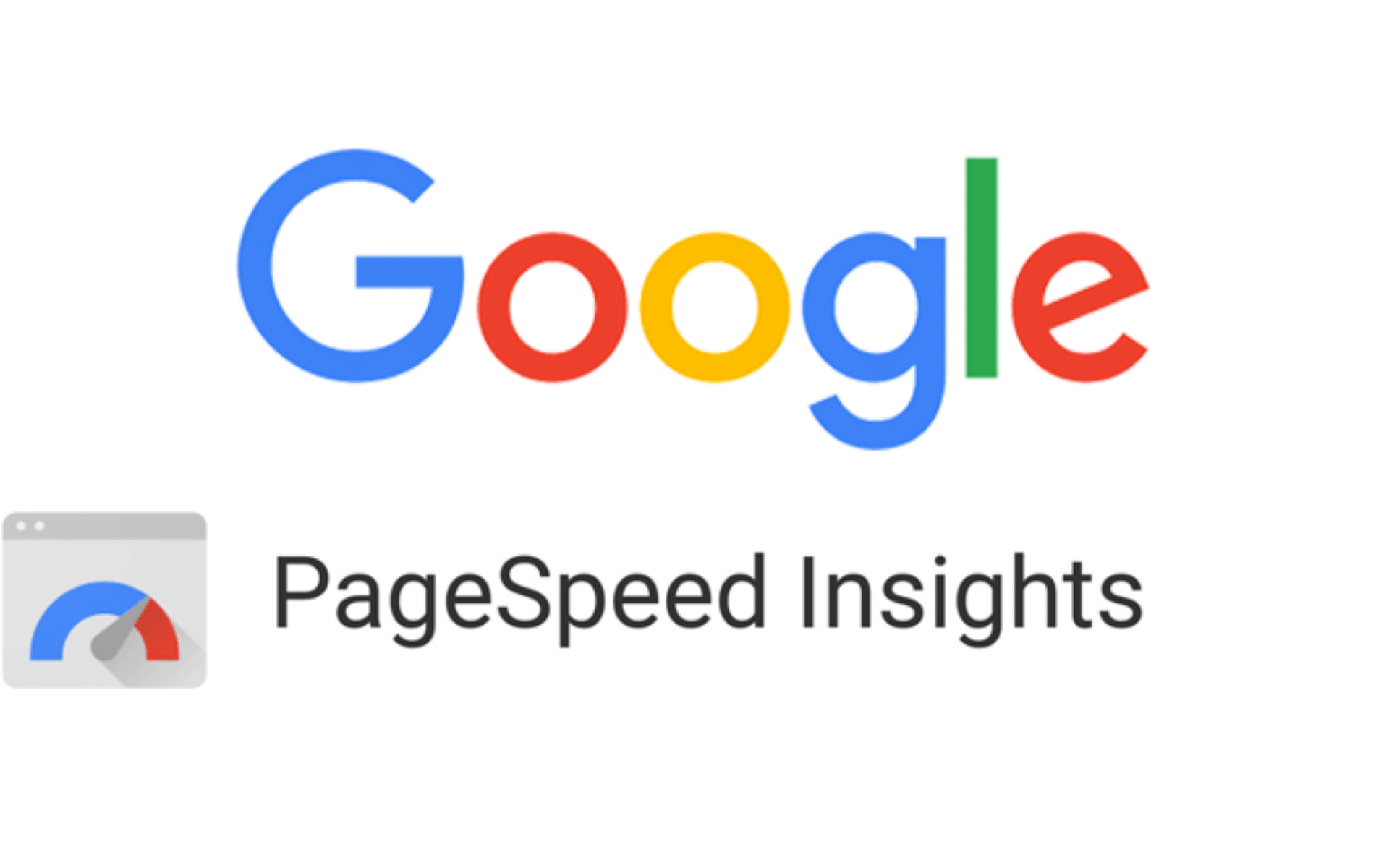How To Get A Perfect Google PageSpeed Score

Tags: Domains, small business, website, website builder
Comments are closed.

The most visible score for website owners is the Google PageSpeed score. It can be found in Google’s page speed insights tool.
If your website receives a low score of red, it is not up to standard. You probably feel the same way if you are reading this article.
This article will discuss the practical steps you can take to achieve a perfect PageSpeed score from Google. Invite your web developer along. Let’s look at PageSpeed from a technical perspective.

A Google PageSpeed score above 90 is considered to be good. A score between 50 & 90 is considered good. Below 50 is poor.
Are these scores critical?
A ” Millions” study by Google and Deloitte found that increasing your load time can increase conversion rates by 8%.
The PageSpeed of your website can make a huge difference in conversions and bounce rates. Customers are impatient. Another study by Google and Ipsos showed that 77% of smartphone buyers are more likely to buy from companies whose apps or mobile sites allow them to make quick purchases.
A high PageSpeed score is a strong business argument. There are some myths surrounding a perfect Google PageSpeed score.
PageSpeed score is a valuable metric to evaluate website performance and improve customer experience. However, there are some limitations.
Before you get obsessed about achieving a perfect 100 PageSpeed score, here are some limitations:
A high PageSpeed score doesn’t necessarily mean a great user experience. Site owners should be more concerned about improving the speed of their websites in real life. Studies show that faster websites can lead to higher conversion rates.
Let’s explore how to achieve a perfect 100/100 PageSpeed score using Google’s PageSpeedInsights.
What steps has a website with a perfect 100 Google PageSpeed score taken to optimize its website?
We asked digital marketers, small business owners, web developers, and plugin authors about their experiences with websites. These ten tips will support you achieve a perfect 100 on your Google PageSpeed score.
Slow loading times can be caused by slow server response times.
Shared servers are a standard option for small businesses looking for cheap hosting. You may share your server’s memory and processor with other websites. This can harm your website’s performance.
If you are serious about web performance, upgrading to dedicated hosting at a reliable provider should be your first step. Although dedicated hosting costs more than shared hosting plans, you will reap the benefits of faster loading times, high availability, security, and support.
Poor hosting is not a solution. Make sure to consider your options and make wise decisions.
Choosing a light theme for a CMS such as WordPress is essential to speed up your website’s loading speeds.
Many website themes are loaded with CSS code, large and large files. This can impact page size and increase server requests.
Your theme and site content may take longer to be delivered to users if there are more server requests.
A poorly designed website theme can dramatically increase the load time of your website. A lightweight theme that is clean in source code will reduce dependencies, eliminate unused code and CSS files, and solve most speed problems.
Thorin Yee, Best Companies Arizona, says, “we recently switched to a streamlined Elementor template from a more cumbersome one.” We were able to remove the CSS and JS files that slowed our website down by investing in a lightweight theme. It is prominent to have a strong base for a website. It doesn’t matter how hard you try to improve your site’s speed.
Because of the cost, small business owners can find it challenging to change or rewrite a website theme. There is no way to fix a website that looks bloated. So make sure you choose your foundation carefully.
Take it easy with the plugins.
A website can slow down if it has too many third-party plugins. Using more than six plugins to optimize various aspects of a website, such as rendering-blocking resources and unoptimized images, is not a good idea.
Using a single tool for speed optimization and monitoring can be more accessible.
Adding plugins to your server can cause significant load increases and add overhead. After adding or removing each plugin, you can monitor your site’s performance with lab data. To see if your site has improved, you can test the version of each plugin over 28 days with field data.
JavaScript rendering blocks often cause slow-loading websites. Yet, JavaScript is packed into many website frameworks, CMS themes, and plugins.
It is not an easy task to reduce and optimize your website’s JavaScript. You will need an experienced developer to review your website’s code.
Google PageSpeed Insights can be used with other performance tools as mentioned in this article to help developers identify JavaScript render-blocking JavaScript and eliminate it from a page.
Although the suggestion to “eliminate render-blocking resources” from Google PageSpeed Insights can cause paralysis, there are ways to overcome this feeling. Many plugins will help you defer or minify your JavaScript. Testing these plugins before deploying them to production is always a good idea.
Optimizing images requires less technical knowledge and is easier to understand for business owners than JavaScript.
Using an image format like WebP can help improve a performance score since WebP lossless images are26% smaller in size than PNGs, and 25%-34% smaller than JPEGs. Mobile experience can be improved by reducing the size of images or deferring offscreen photos. Which will also help to decrease bandwidth usage.
Carey Wilbur, Charter Capital, states that image optimizations are significant for mobile users since Google is mobile-first indexing. Large images can take up data on mobile. Resizing and reformatting images in next-generation formats will not only help PageSpeed Insights, but it will also help you to keep your visitors on your site longer. This is a win-win situation.
Information such as static content, a CSS File, external resources, scripts, and other information must be requested when a website loads. All of these requests have an impact on loading speed.
Browser caching allows a web browser to choose whether it wants to retrieve the information from a previously saved version or the server.
This can have a prominent impact on how fast a website loads.
You can see a significant increase in PageSpeed scores by enabling browser caching with an all-in-one plugin, a specific caching plugin, or a managed hosting provider.
Code minification compresses code and reduces files. This improves website performance.
Minifying code is especially useful for HTML, CSS, and JavaScript files, as it removes redundant or unnecessary data without affecting the way the resource is processed in a web browser.
Many plugins offer code compression and code minification. To ensure this functionality, you should look at all-in-one plugins.
Content delivery networks (CDNs), offload resource requests that could slow down the page’s loading times. A CDN can be used to cache images and other content, allowing pages to load faster for users who access pages that have ample resources.
CDNs can sound complicated, but reliable hosting providers should include them. You can verify with your web host to determine if you have CDN access and, if yes if it is possible to enable it to improve page speed.
PageSpeed Insights may be the most prominent speed testing tool for small businesses. However, other performance tools can provide different perspectives on improving page speed.
Here is a list of performance tools that can benefit website owners.
Lighthouse – Provides personalized advice about improving your website’s performance, accessibility, SEO, and other best practices.
WebPageTest This tool allows you to check the performance of one or several pages in a controlled laboratory environment. It also lets you dive into performance stats and perform a real-world performance test on a device.
TestMySite – This allows you to test your website’s performance across different devices. It also provides suggestions for improving the user experience using PageSpeed Insights and Webpagetest.
PageSpeed Insights: Displays speed data for your website, along with suggestions for common optimizations.
Speed Scorecard – This allows you to compare your mobile site speeds against peers in more than ten countries. As per the real-world data from the Chrome User Experience Report, mobile site speed can be compared to other sites in over ten countries.
Impact Calculator – This tool allows you to calculate the revenue potential of speeding up your mobile website using benchmark data from Google Analytics.
Chrome Developer Tool: This tool allows you to profile the page’s runtime and identify performance bottlenecks.
TestMySite, Impact Calculator, and Speed Scorecard may be a favorite tools for marketers. Developers may find more value in using PageSpeed Insights and Lighthouse, Chrome Developer Tools, or WebPageTest to pinpoint and fix performance issues.
Markitors.com completed all the above steps and scored a top PageSpeed score of 75/100 for mobile and 95/100 for desktop.
To give our site a perfect score, we needed a service combining caching, image optimization, and lazy loading.
We turned to nitroPack for this purpose.
Deyan Georgiev is the CEO of NitroPack. Our outstanding performance is due to the combination of our built-in features with their unique implementation within one cloud-based service.
After installing a NitroPack paid plan on Markitors.com, we saw our mobile score of 75/100 and desktop score of 95/100 go straight to a perfect 100/100.